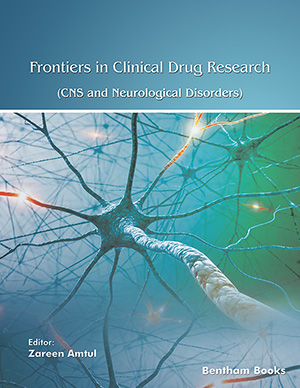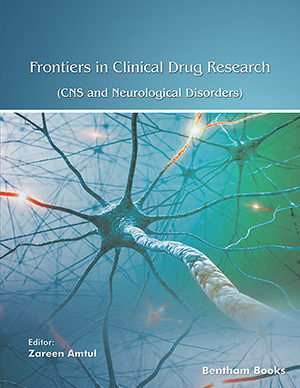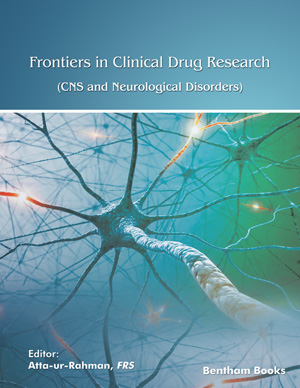
Abstract
Sleep-related complaints are common in the general population. Prevalence rates are significantly higher among women and the older age groups. About 10% of those experiencing insomnia state that the complaint is chronic. Chronic primary insomnia results from the reaction to an emotional trigger or stressful event, which leads to the further development of sleep-preventing associations. Chronic secondary insomnia is that related to another mental disorder, a neurologic disease, another sleep disorder, a general medical condition, the effect of a drug of abuse or a medication. Sleep disturbances have also been described in pregnancy and during menopause. In patients with chronic primary insomnia nonpharmacological strategies and sleep-promoting medication (e.g. hypnotics) are indicated. In patients with secondary insomnia the underlying disorder needs to be treated appropriately. Currently used hypnotics include benzodiazepine derivatives, the cyclopyrrolone zopiclone, the imidazopyridine zolpidem and the pyrazolopyrimidine zaleplon. In patients with chronic insomnia most hypnotics reduce sleep-onset latency, decrease the number of nocturnal awakenings and reduce the time spent awake. The increase in total sleep time is related to greater amounts of non-rapid eye movement (NREM) sleep. Sleep quality is also improved. Despite consistent effects on sleep-onset latency, zaleplon administration is not associated with significant changes in total sleep time and sleep quality. In contrast to the benzodiazepines and zopiclone, zolpidem and zaleplon do not suppress slow-wave sleep and REM sleep. Sleep laboratory and clinical studies tend to indicate that benzodiazepines are only effective when administered for relatively short periods of time in patients with chronic primary insomnia. Furthermore, a rebound insomnia has been described for short- and intermediate-acting benzodiazepines. No evidence of tolerance or rebound insomnia has been observed in relation to zolpidem or zaleplon administration.
Keywords: sleep, primary insomnia, secondary insomnia, aminobutyric acid, subunit, benzodiazepine hypnotics, zopiclone, zolpidem, zaleplon
 8
8


















